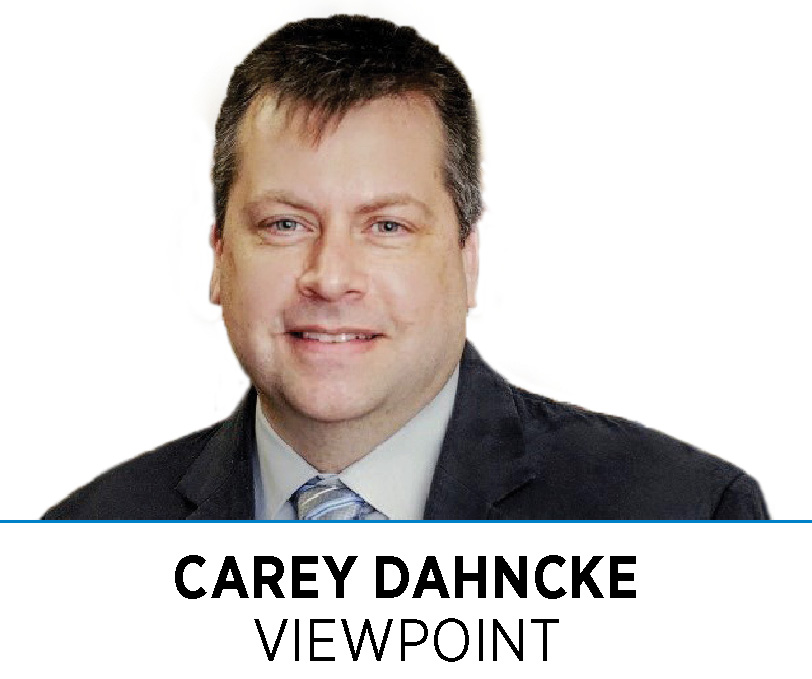Subscriber Benefit
As a subscriber you can listen to articles at work, in the car, or while you work out. Subscribe Now
It is undisputed that Indiana does not have enough qualified workers to satisfy current employment needs. In March, Indiana had 171,000 job openings, many unfilled skilled-labor positions. Last year, according to a study by the Indiana Chamber of Commerce, 52% of employers cited “attracting workers” as their primary concern. Meanwhile, a recent study from the Indiana Commission on Higher Education reports that too many students are choosing to skip a postsecondary education altogether, adding to the dearth of qualified job applicants.
It is a stark reality for employers: Too many students are finishing high school without the knowledge to enter the skilled-labor workforce and with no intention of pursuing other postsecondary opportunities.
Our legislators have certainly noticed this concern. The state’s 2023 legislative session prioritized postsecondary accessibility and work-based learning. On paper, all the pieces are in place for students to graduate from high school ready to meet the skilled-labor workforce needs. Yet the problem persists. Disengagement and apathy remain at an all-time high.
Perhaps we need to rethink the intentionality of our approach.
Now, for a second, imagine a completely different scenario, one in which employers and students begin working as partners in ninth grade. Employers visit classrooms to present real-world “workplace challenges” to students, who have five weeks to plan solutions in their communities. Students use creativity and collaboration skills to solve problems, culminating in working directly alongside future employers to address challenges.
By engaging in this scenario, the employer establishes relationships with future employees, and students start to see themselves as creators of important workplace solutions. With an experience such as this workplace challenge, students are exposed to an opportunity they would not otherwise know existed—and everyone benefits from it.
Did I mention that as part of this work, high school students also receive credit toward an associate degree or workplace credential?
If that sounds too good to be true, it isn’t.
Currently, the Center for Excellence in Leadership of Learning at the University of Indianapolis is partnering with four rural community high schools across Indiana: Logansport, Vincennes, Perry Central and Winchester. Our shared goal is to implement Pathways to Careers and Postsecondary, or P-CAP. This statewide, dual-credit pilot program offers high school students the opportunity to receive community college credit toward skilled-labor credentials after graduation.
Such a pilot is not a quick fix; it is a strategic approach to reimagining a system that has continued to leave students behind despite efforts from various entities. These communities are transforming postsecondary pathways. By participating in P-CAP, students are moving from disengaged to excelling. Additionally, participating students are not limited to one path or another: P-CAP is a “both-and” solution, allowing students the flexibility to pursue academic and vocational postsecondary pathways. P-CAP offers all of this while remaining manageable and cost-effective.
Like the real-world workplace challenge that’s part of P-CAP, solving Indiana’s workplace-readiness problems will require deep and thoughtful collaboration to effect change. To ensure the P-CAP pilot becomes a long-term reality, legislators, employers, higher education and K-12 stakeholders will have to work intentionally to provide systematic support to students engaged in this work.
Too many graduating seniors and employers are in a holding pattern, waiting for opportunities. To create real and lasting change, we must continue to reimagine a system where students and future employers collaborate alongside one another before these students enter the workforce. This is the work of P-CAP, and I, for one, am excited to see its potential unfolding.•
__________
Dahncke is executive director of the Center of Excellence in Leadership of Learning at the University of Indianapolis.
Please enable JavaScript to view this content.
